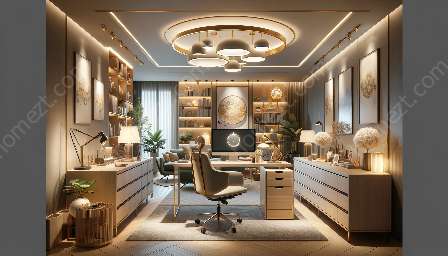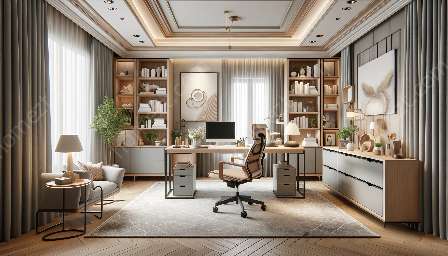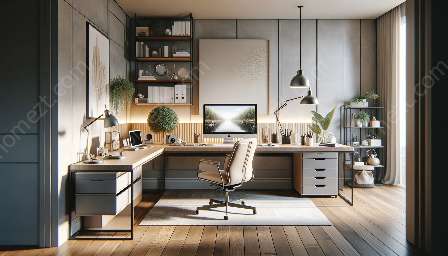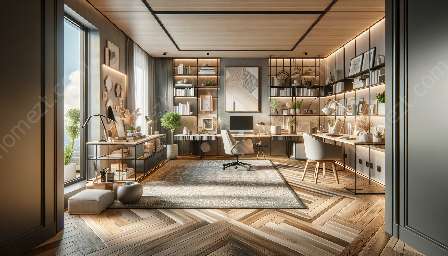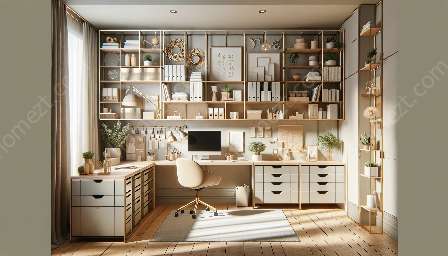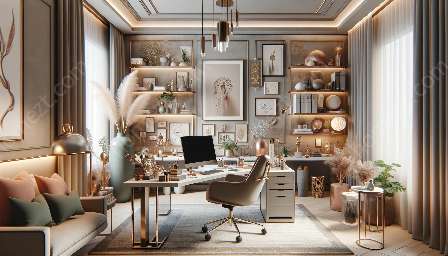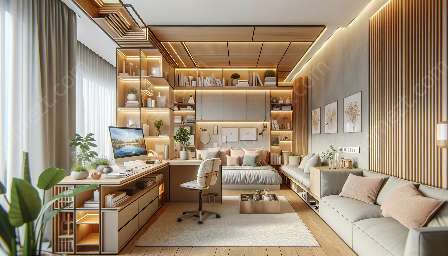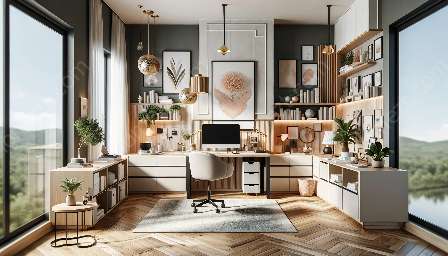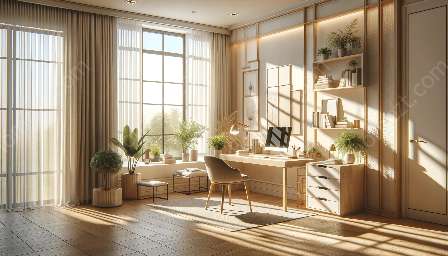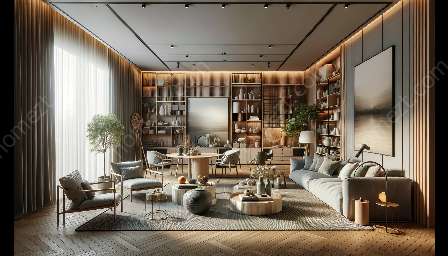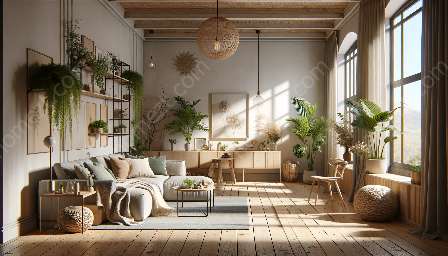As sustainability becomes increasingly important in today's world, incorporating sustainable design principles into interior design and home furnishings is essential. This comprehensive guide will explore the concept of sustainable design, its compatibility with interior design, and its application in home furnishings.
The Concept of Sustainable Design
Sustainable design focuses on creating products, spaces, and systems that minimize environmental impact while maximizing aesthetic appeal, functionality, and user well-being. It promotes the use of eco-friendly materials, energy-efficient practices, and responsible manufacturing processes.
Sustainable Design in Interior Design
When applied to interior design, sustainable design emphasizes the use of environmentally friendly materials such as reclaimed wood, recycled metal, and low-VOC paints. Energy-efficient lighting and smart home technologies further contribute to sustainable interior design practices, reducing energy consumption and carbon footprint.
Embracing sustainable design in interior spaces involves optimizing natural light, incorporating indoor plants for air purification, and selecting furniture and decor pieces made from sustainable materials.
Sustainable Home Furnishings
Home furnishings play a crucial role in sustainable design by offering eco-friendly alternatives such as bamboo furniture, organic cotton bedding, and recycled glass decor. Sustainable furnishings are not only stylish but also contribute to a healthier environment by reducing resource depletion and waste generation.
Additionally, the concept of sustainable home furnishings extends to the responsible disposal of old furniture, recycling programs, and the promotion of locally sourced, artisan-made pieces that support sustainable livelihoods.
Designing a Sustainable Lifestyle
Integrating sustainable design into interior design and home furnishings goes beyond aesthetics; it promotes a holistic approach to living responsibly and harmoniously with nature. By considering the lifecycle of products, adopting zero-waste practices, and supporting ethical sourcing, individuals can create stylish, eco-conscious homes.
The Future of Sustainable Design
With an increasing focus on environmental preservation and conscious consumerism, sustainable design is poised to reshape the future of interior design and home furnishings. The integration of renewable energy systems, biophilic design principles, and circular economy practices will further elevate the sustainability quotient of living spaces.
Conclusion
Sustainable design offers a compelling framework for creating stylish, environmentally responsible interiors and selecting eco-friendly home furnishings. By embracing sustainable design principles, individuals can contribute to a more sustainable future while enjoying the beauty and functionality of thoughtfully designed living spaces.



